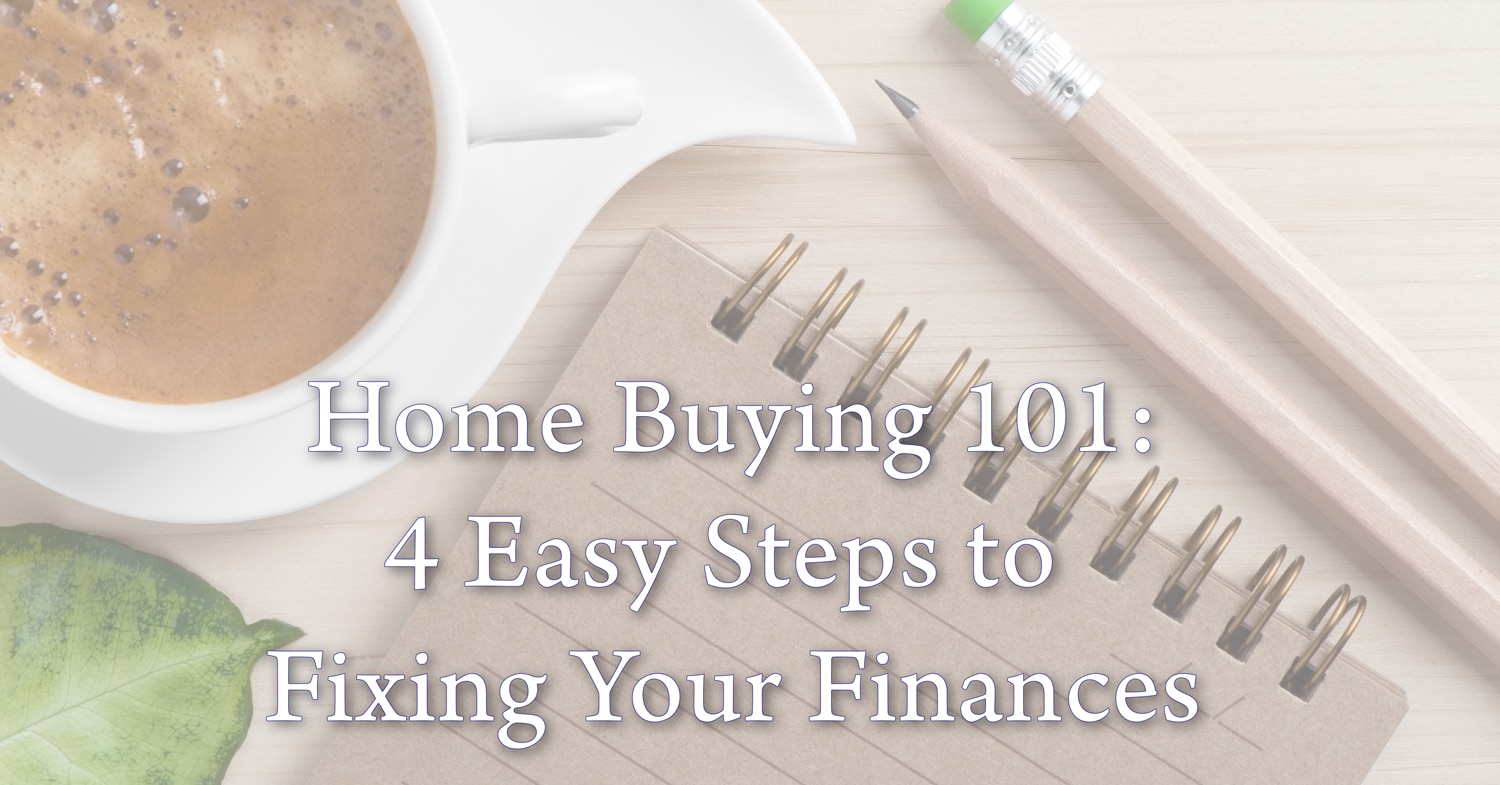A successful home purchase starts with some simple planning.
If you are 6-12 months from buying a home you have plenty of time to make a few changes that can have a big impact on your negotiating power.
Step 1: What are you spending now?
If you want to make some productive choices you’ll need to know what you are spending your money on first. Start by getting some information together.
Use this quick and easy budgeting worksheet to find out where you are spending your money right now.

How much do you need?
Make a reasonable estimate of the cash you’ll need to buy a home – that would be your down payment plus closing costs.
You can plan for between 1%-3% of the purchase price for closing costs and 0% – 20% for your loan down-payment. You should also have a reserve of at least 3 month’s of expenses in your savings left after your purchase.
Add those three together and you have your savings goal!
It’s possible to get a mortgage with less than 20% down, but you can usually get a better rate with fewer fees if you put down a larger percentage of the total purchase. Aim for a 20% down payment to get the best rates.
Step 2: Savings
Now that you know how you’re spending your money, it’s easy to see where you can make some changes and start saving more. You don’t need to commit to these changes FOREVER, just for the next few months to help you build your savings up.
There are simple and large changes you can make to increase your saving for a home.
- Think about bringing your lunch to work a few days a week, cancelling unused subscriptions, or pausing subscriptions you can live without for a few months.
- Eating out is a big expense for a lot of people. Try hosting your friends and family at home, having a weekly or monthly group dinner is a great way to connect with your community.
- Open a new savings account and use it for the money dedicated to your home purchase. It’s harder to spend it on other things if it’s in a dedicated account.
Step 3: Ask for a Raise
If you have been putting off a big change at work, this may be the time to make a decision. Having extra money coming in will help you build your saving and improve your purchasing power.
Banks want to give loans to people with a stable income. Try to make a move giving yourself 6 months with the new employer before you closing on your house. As long as you are in your field for 2 or more years you will get better loan terms.
That shouldn’t stop you from changing jobs if the new job will put you in a better place financially, or geographically for your long-term goals.
Step 4: Payoff Your Debt
Besides having money for a down-payment, the bank wants to know you can afford the house you buy. They want to make sure you are going to be able to enjoy your home and take care of it.
If your money is already committed to too many other things you won’t be able to get a loan. You may need to pay off some other debts before you can qualify for a mortgage.
Lenders generally look for a “total debt load” of no more than 36% of your income. This figure includes your mortgage, which can be between 25% and 28% of your household income. That means you need to get monthly payments on the rest of your installment debt — car loans, student loans, and credit cards — down to between 8% and 10% of your net monthly income.





0 Comments